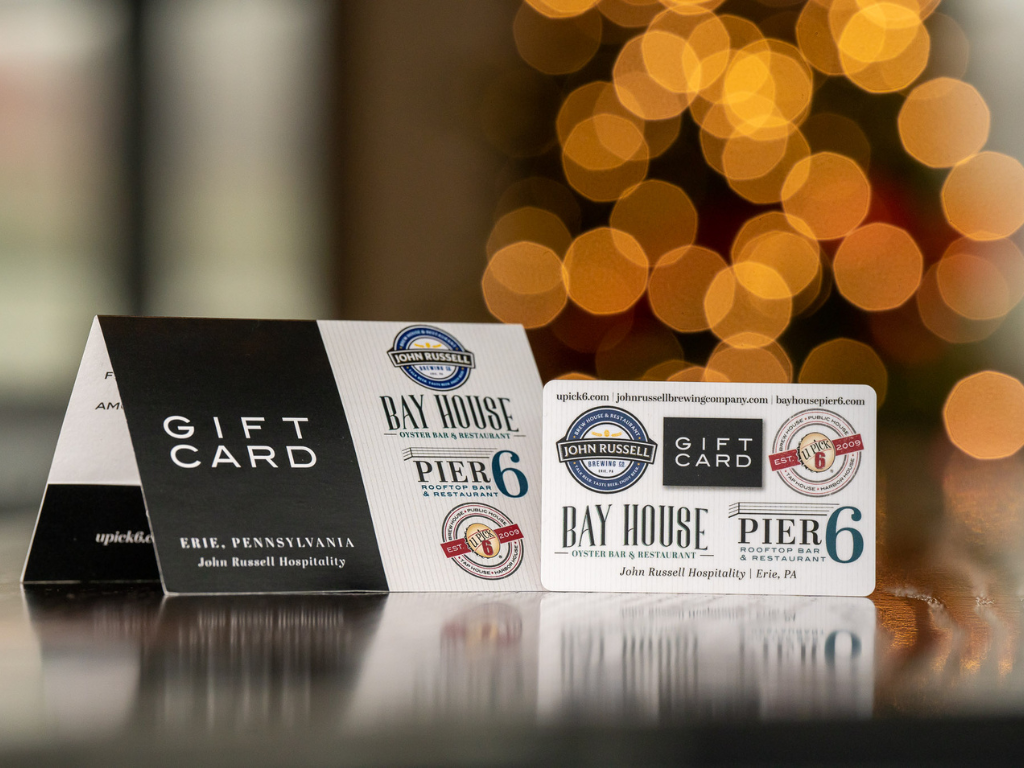
Winter, Walk This Way: A Guide to Snowshoeing in Erie, PA
Wednesday Nov 26th, 2025
Erie receives an average of more than 100 inches of snow each year, making it a winter lover’s playground. From skiing to ice fishing to snowmobiling, there is no shortage of outdoor fun to be found in the area. If you’d like to have some fun in the flakes, one of the easiest and most pleasurable ways to do so is to strap on a pair of snowshoes and start exploring.
Where to go
You can find miles of trails to snowshoe at Presque Isle State Park, Mount Pleasant of Edinboro, and Asbury Woods.
However, the joy of snowshoeing is that you can do it anywhere you find snow—even off-trail, through public game lands, along the waterfront, or, for a unique Erie experience, on the frozen waters of Presque Isle Bay! (Note that the ice should be at least seven inches thick to walk on the bay. Check ice reports here).
Snowshoeing at Presque Isle State Park at sunset is an awe-inspiring trek. Some of Erie’s most beautiful evening skies are in the winter when the colors overhead are offset by a blanket of sparkling white snow on the landscape and the breathtaking ice dunes that hug and protect the Lake Erie shoreline from sand erosion. Just remember to admire the ice dunes from a distance and avoid walking on them, as they are hollow and dangerous.
Asbury Woods provides a peaceful escape where the only sounds are the crunch of fresh powder beneath your feet and the whisper of the wind through the trees. “Snowshoeing is a great way to get outside and get some fresh air and exercise in the colder months,” said Sarah Bennett, Executive Director at Asbury Woods Nature Center. “Physically, it is a little more rigorous than walking, but it doesn’t require any special skills.”
Mount Pleasant of Edinboro offers a scenic snowshoeing trail located at the top of the ski hill. The snowshoeing trail sits atop the ski hill and is groomed throughout the season, offering beautiful views and gentle terrain. Because the trail relies entirely on natural snow, it’s a good idea to check conditions ahead of your visit. Snowshoe rentals are available in limited quantities.
What to know
“If you can walk, you can snowshoe,” Bennett said. The key is to remain aware of how large your feet are with snowshoes on. Clown-shoe-size feet require extra care when turning or changing direction and when following others. “You want to stay a foot or two away from the person in front of you so you don’t accidentally step on the back of their snowshoe, which will trip you both up,” she said.
Bennett said that snowshoeing does require some balance, but trekking poles can help provide stability for those who may need it. Most snowshoes come with poles, whether purchased or rented.
Where to find shoes
Asbury Woods and Mount Pleasant of Edinboro offer snowshoe rentals for use on their trails, provided there is at least six inches or more of snow. Another option is to invest in your own snowshoes. A set of entry-level, recreational shoes sells for as little as $60 online and at mass retailers.
What to wear
You will work up a sweat from the effort of snowshoeing. This is what makes snowshoeing such a pleasurable wintertime activity. You can be outdoors enjoying the winter wonderland while generating more than enough heat to stay warm.
“We suggest that people dress the same as they would if they were going cross-country skiing,” Bennett said. “It’s best to dress in layers, so you can take some clothing off if you start to overheat and put it back on if you get chilled.”
Suggested attire:
- Waterproof winter boots
- Long, warm socks
- Gloves (add mittens on top on very cold days)
- Warm hat
- Scarf or gaiter
- Fleece-lined tights or snow pants
- Moisture-wicking, long-sleeve top
- Fleece pullover or light sweatshirt
- Jacket, coat, or windbreaker, depending on temperature/windchill
- Sunglasses (daytime) or headlamp (evening)
Heather Cass is Publications Manager at Penn State Behrend.























